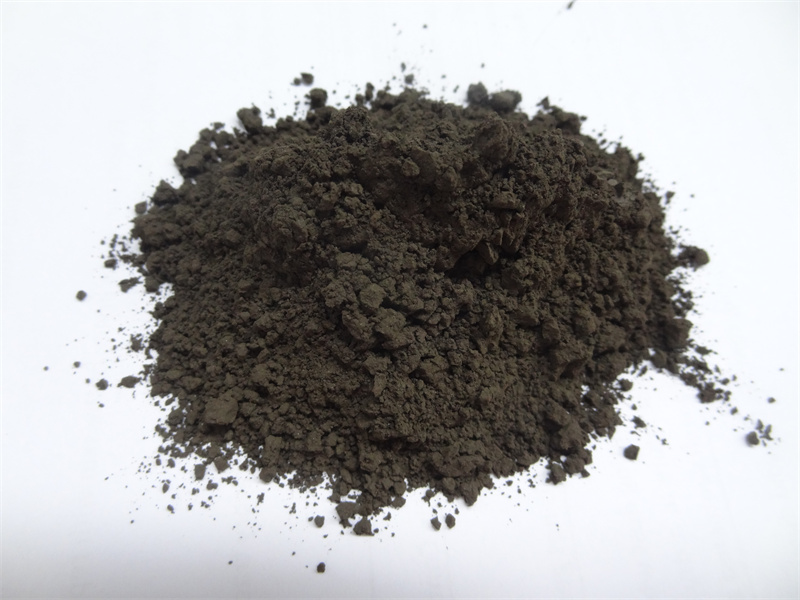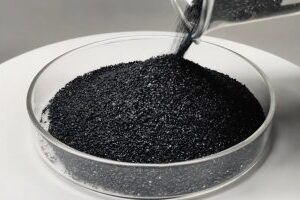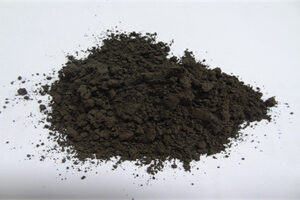What are the functions of chromite flour in refractory bricks?
The functions of chromite flour in refractory bricks are mainly reflected in the following aspects:
1. Core functions
Improve refractory performance
Due to its high melting point (1900-2150℃) and excellent thermal stability, chromite flour can significantly improve the high temperature resistance of refractory bricks and keep their structure stable at extreme temperatures.
Enhance resistance to alkaline slag erosion
Chromite flour’s chemical inertness prevents it from reacting with alkaline slag (such as iron oxide) at high temperatures, effectively preventing the penetration of molten metal or slag and extending the service life of refractory bricks.
Optimize structural stability
The volume change of chromite flour is small when heated, which can reduce the cracks or deformation of refractory bricks caused by thermal expansion and contraction, and ensure long-term stability in high temperature environments.
Increase strength and wear resistance
High hardness (Mohs 5.5-6.5) and density (3.0-4.8g/cm³) give refractory bricks stronger resistance to mechanical shock and metal liquid scouring, suitable for high pressure and high wear scenarios.
2. Typical application scenarios
Magnesia-chrome refractory bricks
Chromite flour is mixed with magnesia sand to make magnesia-chrome refractory bricks, which are often used in key parts such as ladle slag lines, and have the dual advantages of high temperature resistance and alkaline slag resistance.
Isolation layer material
Chromite flour is used as an isolation layer between acidic/alkaline refractory materials to prevent different materials from reacting at high temperatures.
3. Other auxiliary effects
The high thermal conductivity of chromite flour can promote uniform heat distribution, assist refractory bricks in rapid heat dissipation, and reduce the risk of local thermal stress. At the same time, its chemical stability in acidic/alkaline environments further guarantees the corrosion resistance of refractory bricks.







